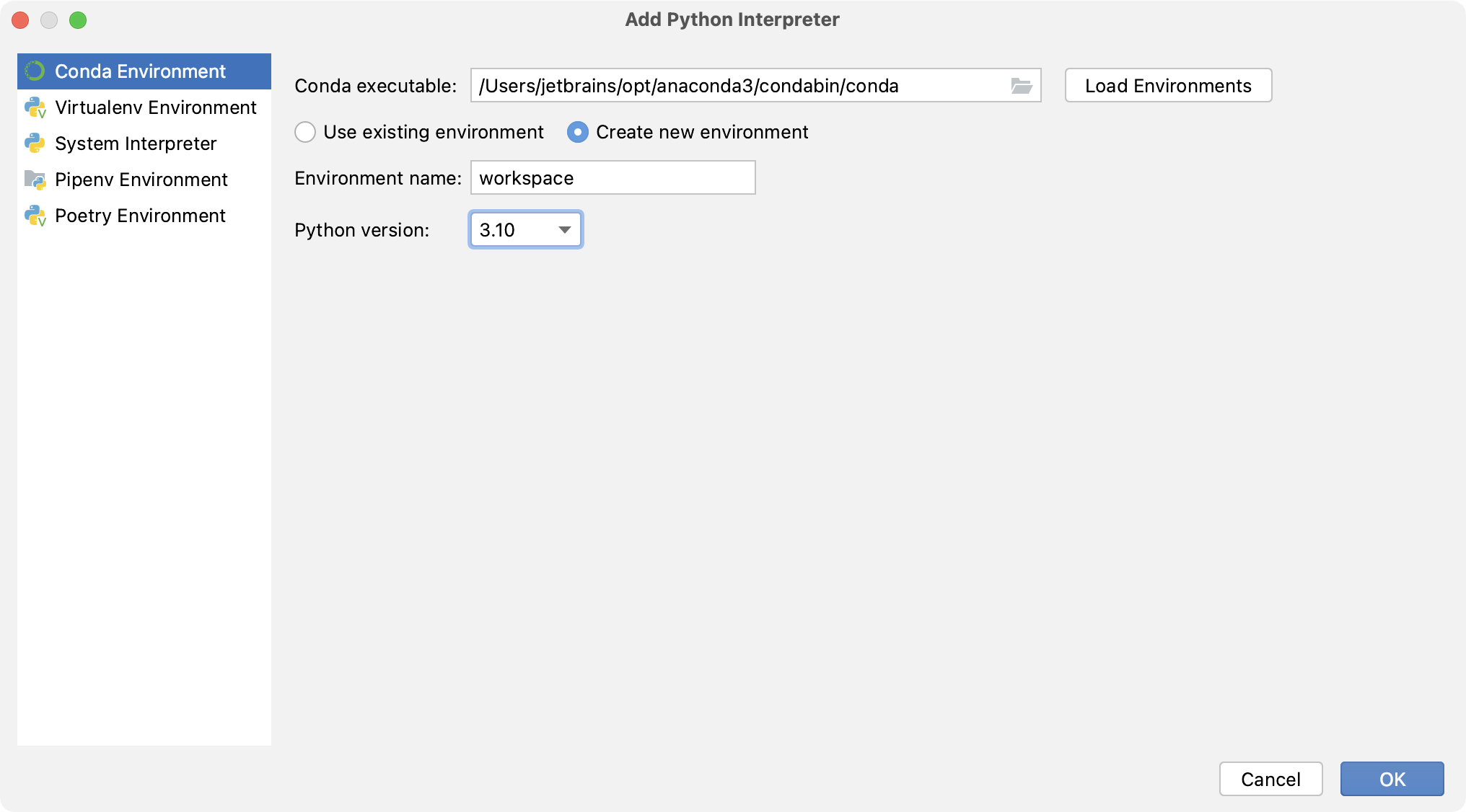



I hope after reading this article you will get an idea about how to manage conda list environments. List package in conda environment: conda list -n List conda environment: conda info -envsĥ. Delete conda environment conda remove -name myenv -allĤ. Create an environment with a specific version of python: conda create -n myenv python=3ģ. No packages will be installed in this environment.Ģ. conda list List all packages installed into the environment 'myenv': conda list -n myenv List all packages that begin with the letters 'py', using regex: conda list py Save packages for future use: conda list -export > package-list.txt Reinstall packages from an export file: conda create -n myenv -file package-list. Replace myenv with the environment name you want to create.Ĭonda will ask you to proceed, type y: proceed (/n)? Create an environment: conda create -name myenv As a result, it will display the virtual environments we created, as below. Let’s use the first command, conda env list. conda env list conda info -envs conda info -e. Any of these will give you the same result. You can use an anaconda prompt or terminal for the following steps:ġ. Conda provides three commands to list virtual environments. So, In this article we are going to talk about how to manage these installed conda list environments. If you want to change or activate or deactivate the environment you can easily do this. It would be great If the flask app could be completely independent from what is happening with the files.A conda environment is a directory that contains collections of conda packages that you have installed. My example does not work since importing from tasks requires all the dependencies on the flask environment. Using such an isolated environment makes it possible to install a specific version of scikit-learn with pip or conda and its dependencies independently of any. Start workers on env1 and flask on env2 (env1) C:\example>celery -A tasks.celery_app worker -l INFO -P threads Task = celery_app.send_task('tasks.analyze', kwargs= Tasks.py: (should run on env1) import torch # this package is not installed on env2Īpp.py: (should run on env2) from tasks import celery_app # throws error, because torch is not installed But I need to install all the dependencies on my flask environment. conda create -n flowers -clone snowflakes. Create a new environment, specify Python version. conda create -n bunnies python3.4 astroid. Then I pass back the result and show it with flask. Create an environment and install program (s) conda activate snowflakes. I pass filepaths to the celery tasks and run operations on the files in the background. So far I have a running example with rabbitmq as broker and redis as backend. I'm new to celery, but I'm wondering whether it is possible to trigger and run celery tasks on a different conda environment that is independent from the flask app.


 0 kommentar(er)
0 kommentar(er)
